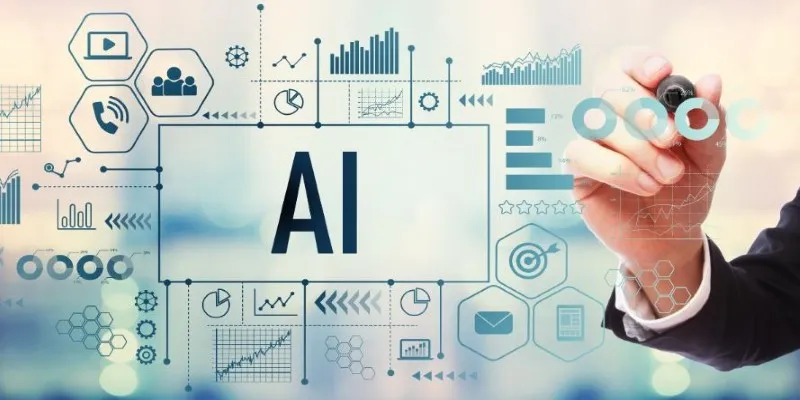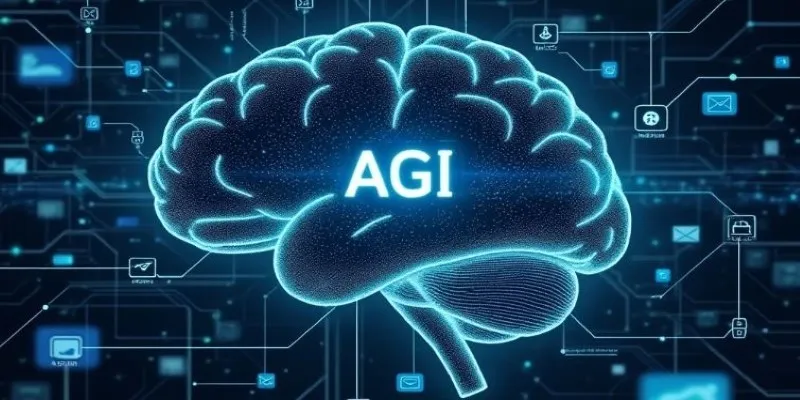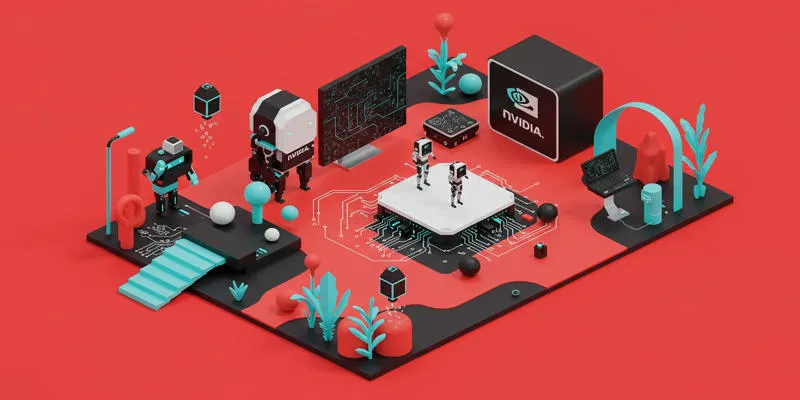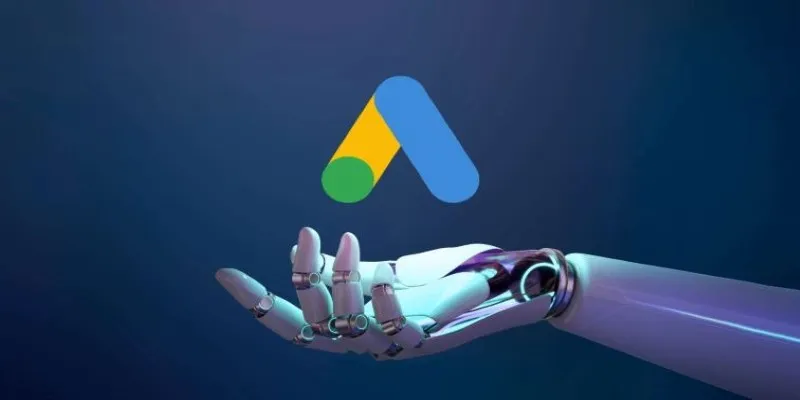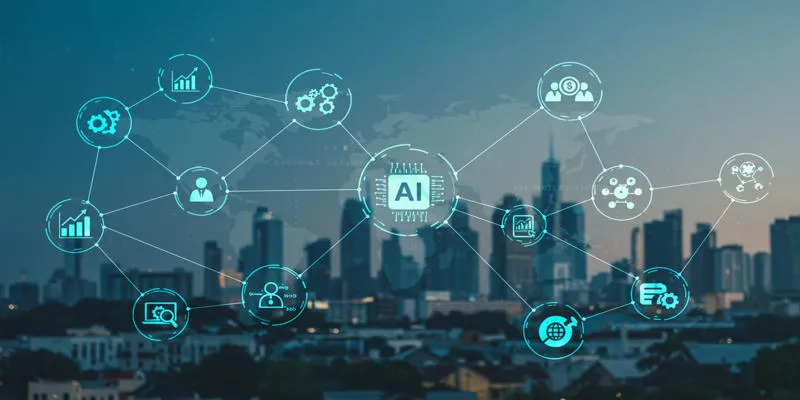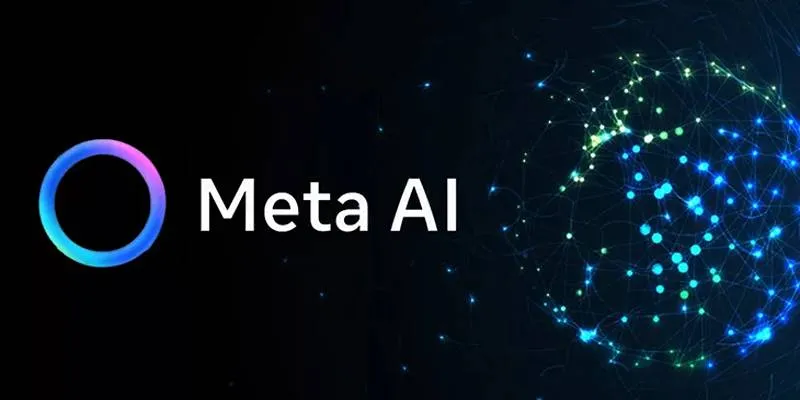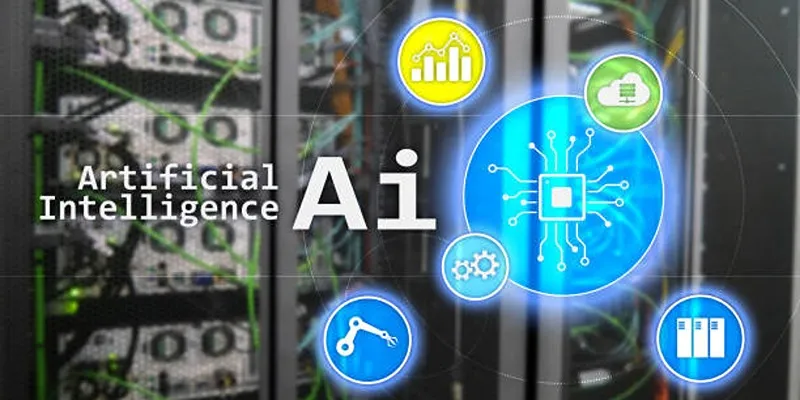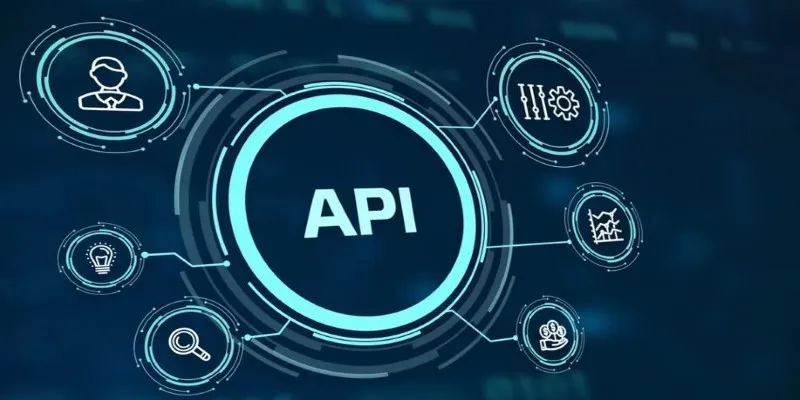Artificial Intelligence (AI) refers to machines that can simulate human intelligence, including learning, reasoning, problem-solving, and decision- making. Once a futuristic idea, AI is now part of daily life, powering technologies like voice assistants and personalized recommendations on platforms such as Netflix. Its influence spans various sectors, including healthcare, finance, and transportation, revolutionizing how we live and work.
As technology advances, more industries are increasingly integrating artificial intelligence, sparking innovation and enhancing efficiency. To adapt to these changes and maximize the benefits of AI technology, it’s crucial to understand what AI entails, how it functions, and what the future holds for this transformative technology.
The Basics of Artificial Intelligence
At its core, Artificial Intelligence is a field of computer science focused on creating machines capable of performing tasks traditionally requiring human intelligence. These tasks include speech recognition, visual perception, decision-making, and language translation. AI is categorized into two types: Narrow AI and General AI.
Narrow AI, also known as Weak AI, is designed for specific tasks. Examples include self-driving cars, facial recognition software, and email spam filters. Narrow AI is already deeply embedded in our lives, often operating in the background to save time and improve convenience.
General AI refers to the intelligence a machine would need to perform any intellectual task a human can. Currently, this remains theoretical, as experts continue to work towards achieving this advanced level of AI. While the challenges associated with General AI are vast and complex, they are equally exciting.
AI development involves a combination of disciplines, including machine learning, neural networks, natural language processing, and robotics. These components work together to build decision-making systems capable of autonomy and adapting to new information.
The Technology Behind AI
AI functions by processing large amounts of data, identifying patterns, and making decisions based on those patterns. This process is driven by algorithms, which are step-by-step instructions guiding machines in data analysis and problem-solving.
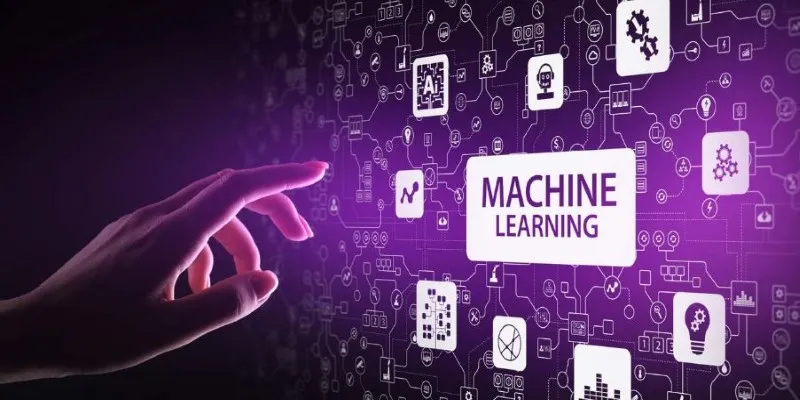
Machine learning (ML), a subset of AI, involves training machines to learn from data without explicit programming. Essentially, machines improve their performance as they are exposed to more information. Machine learning includes supervised learning, unsupervised learning, and reinforcement learning.
In supervised learning, AI is trained on labeled data, where input data has corresponding outputs. The AI learns by comparing its predictions to actual results, gradually improving accuracy. Unsupervised learning involves data without labels, requiring the machine to discover patterns and relationships independently. Reinforcement learning is different; an AI agent learns by interacting with its environment and receiving feedback, either rewards or penalties, for its actions.
Neural networks, inspired by the human brain, consist of interconnected nodes or “neurons” that process information in layers. These networks help AI recognize patterns and make decisions. Deep learning, a type of neural network with many layers, has driven breakthroughs in image recognition, speech recognition, and natural language processing.
AI Transforming Daily Life and Healthcare
AI has seamlessly integrated into everyday life, often operating in the background to enhance convenience and efficiency. Voice assistants like Amazon’s Alexa and Apple’s Siri use AI algorithms to interpret natural language, answer questions, and perform tasks, from setting alarms to providing news updates. These systems learn from user interactions, improving their responses over time.
Another prominent AI application is personalization. Platforms like Netflix recommend shows based on viewing habits, while Amazon suggests products tailored to individual interests. Even social media feeds are curated using AI, ensuring content aligns with past user engagement.
AI’s influence extends beyond entertainment and shopping to transform transportation. Companies like Tesla and Waymo are developing self-driving cars equipped with sensors and advanced algorithms to navigate traffic, recognize obstacles, and make real-time decisions. While fully autonomous vehicles are still under development, AI advancements have significantly improved safety and driving efficiency.
In healthcare, AI has revolutionized diagnostics, medical imaging, and drug discovery. AI systems assist doctors by analyzing complex data, aiding early disease detection, and even suggesting treatment options. Additionally, AI accelerates drug research by identifying potential candidates faster than traditional methods, reducing both time and costs.
The Future of AI: Opportunities and Challenges
As AI continues to advance, its potential to revolutionize various industries is immense. From smarter cities to personalized education, AI could unlock a world of possibilities. However, challenges remain.

One significant concern regarding AI is its impact on jobs. Automation powered by AI could replace many routine and manual tasks, leading to job displacement. While AI creates new opportunities in fields like data analysis and machine learning, there is a need for upskilling and reskilling workers to keep pace with the changing job market.
Ethical concerns related to AI also arise. As AI systems make decisions affecting people’s lives, such as in healthcare or criminal justice, questions about training methods and potential bias emerge. If AI systems are trained on biased data, they could perpetuate existing inequalities. Ensuring fairness and transparency in AI decision-making will be crucial as the technology continues to evolve.
Conclusion
Artificial Intelligence is already here, and its influence is growing exponentially. From the devices we use daily to groundbreaking advances in healthcare, AI is shaping the future of technology. While challenges exist, the potential benefits are undeniable. By understanding AI’s workings, applications, and ethical considerations, we can better navigate the evolving technology landscape. As we move forward, it’s important to embrace AI’s power, ensure responsible development, and consider its societal impact.
 zfn9
zfn9
